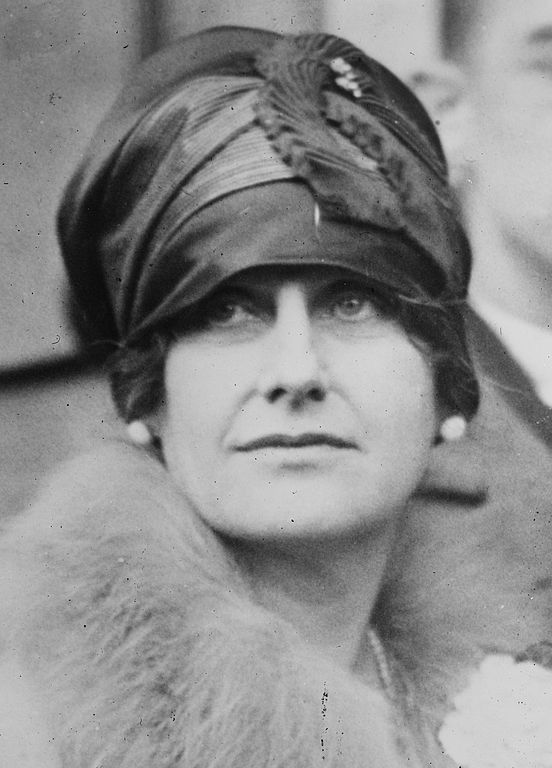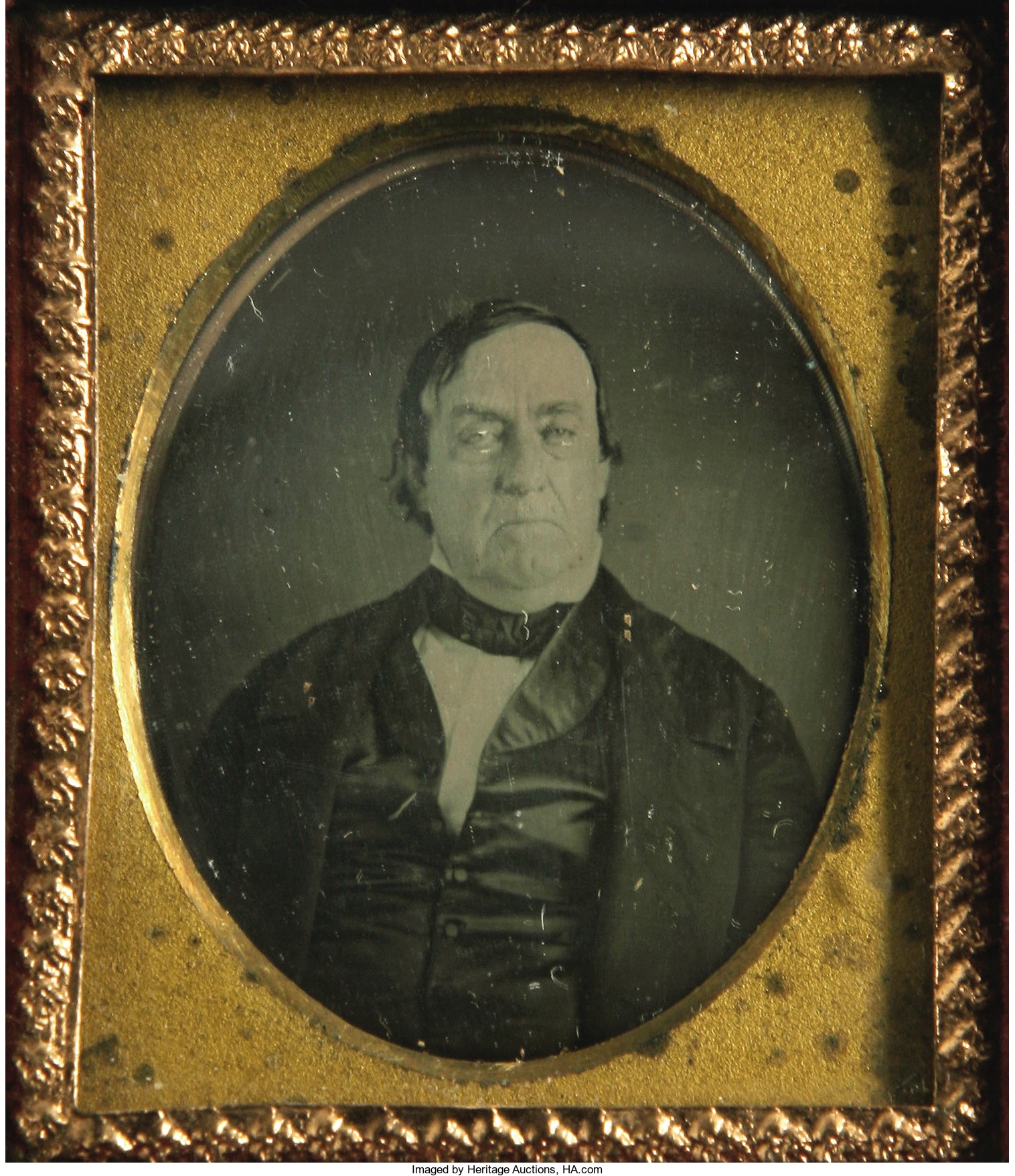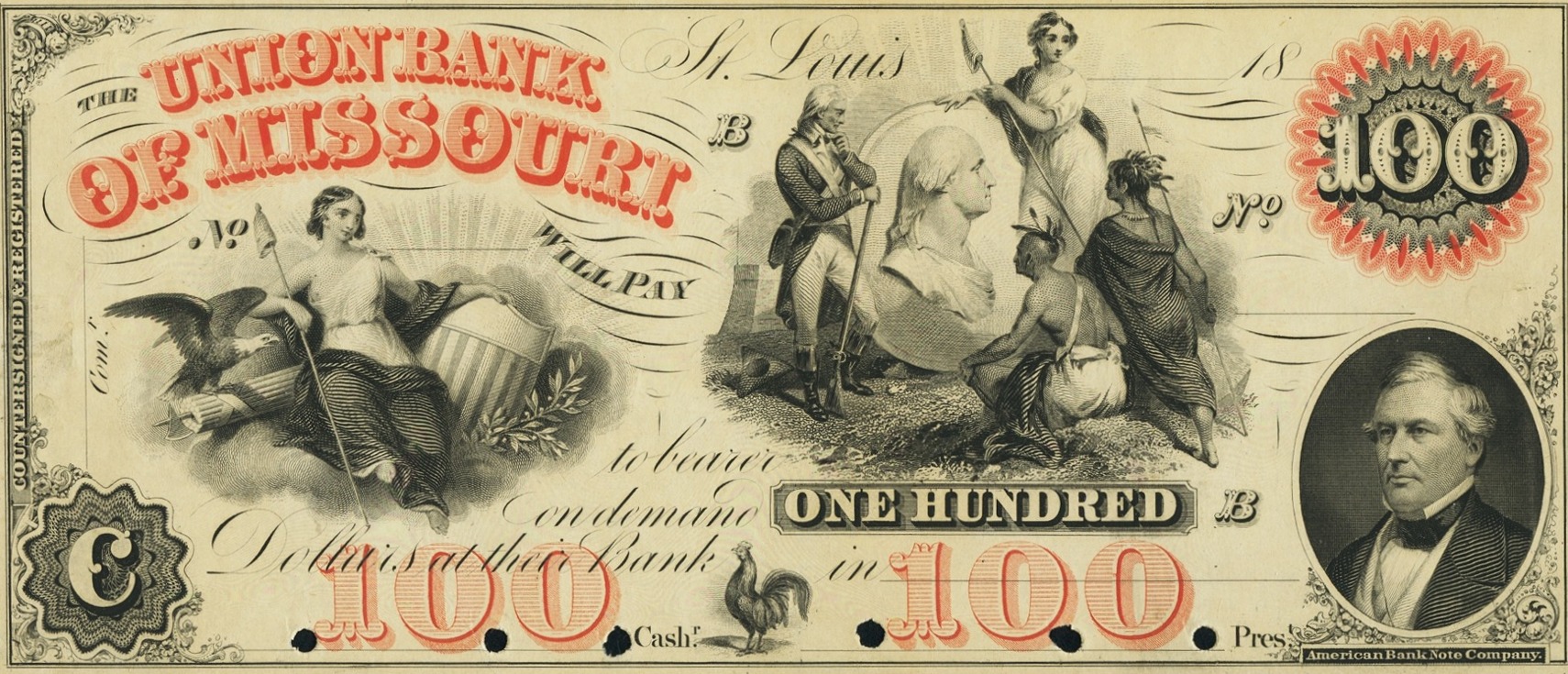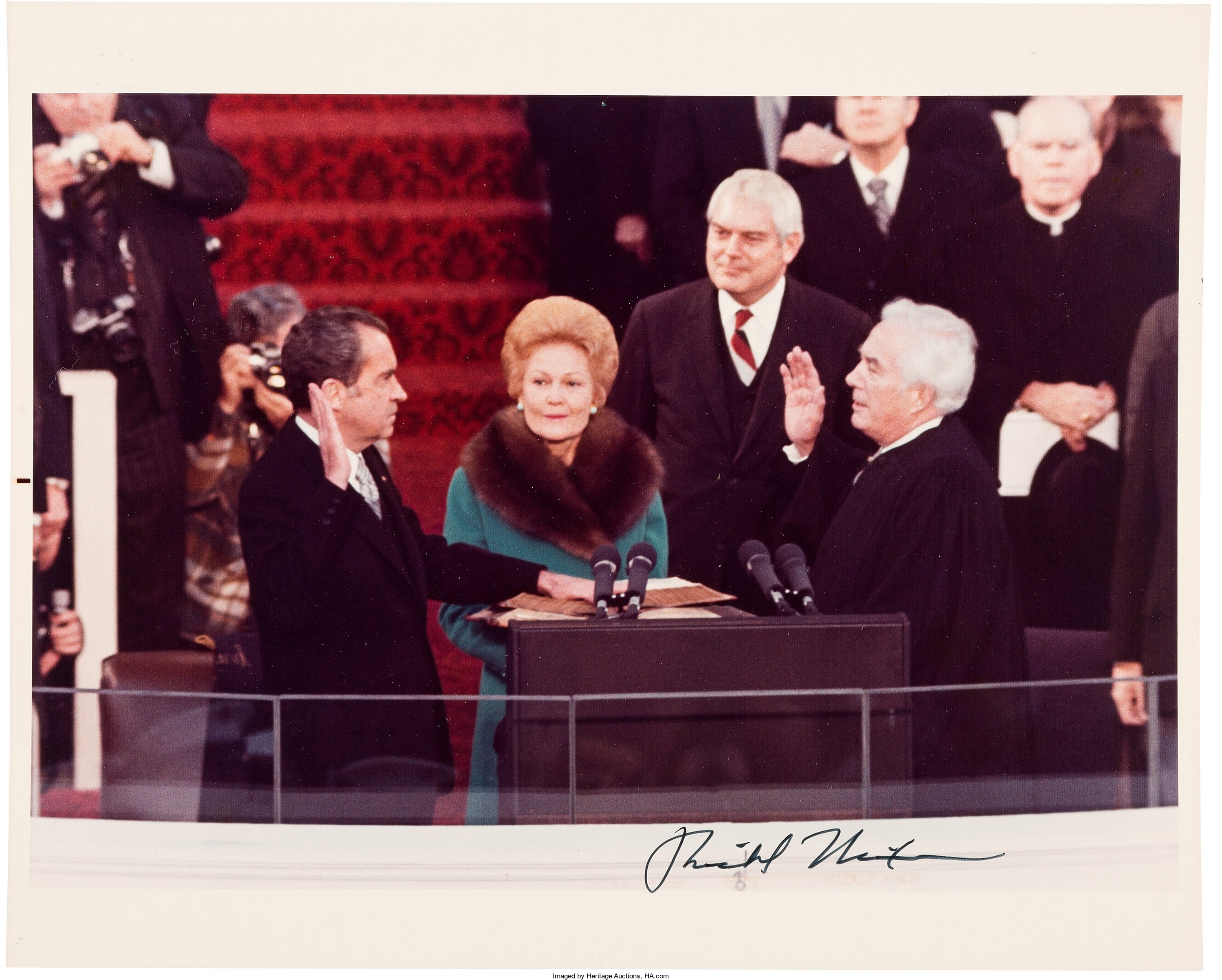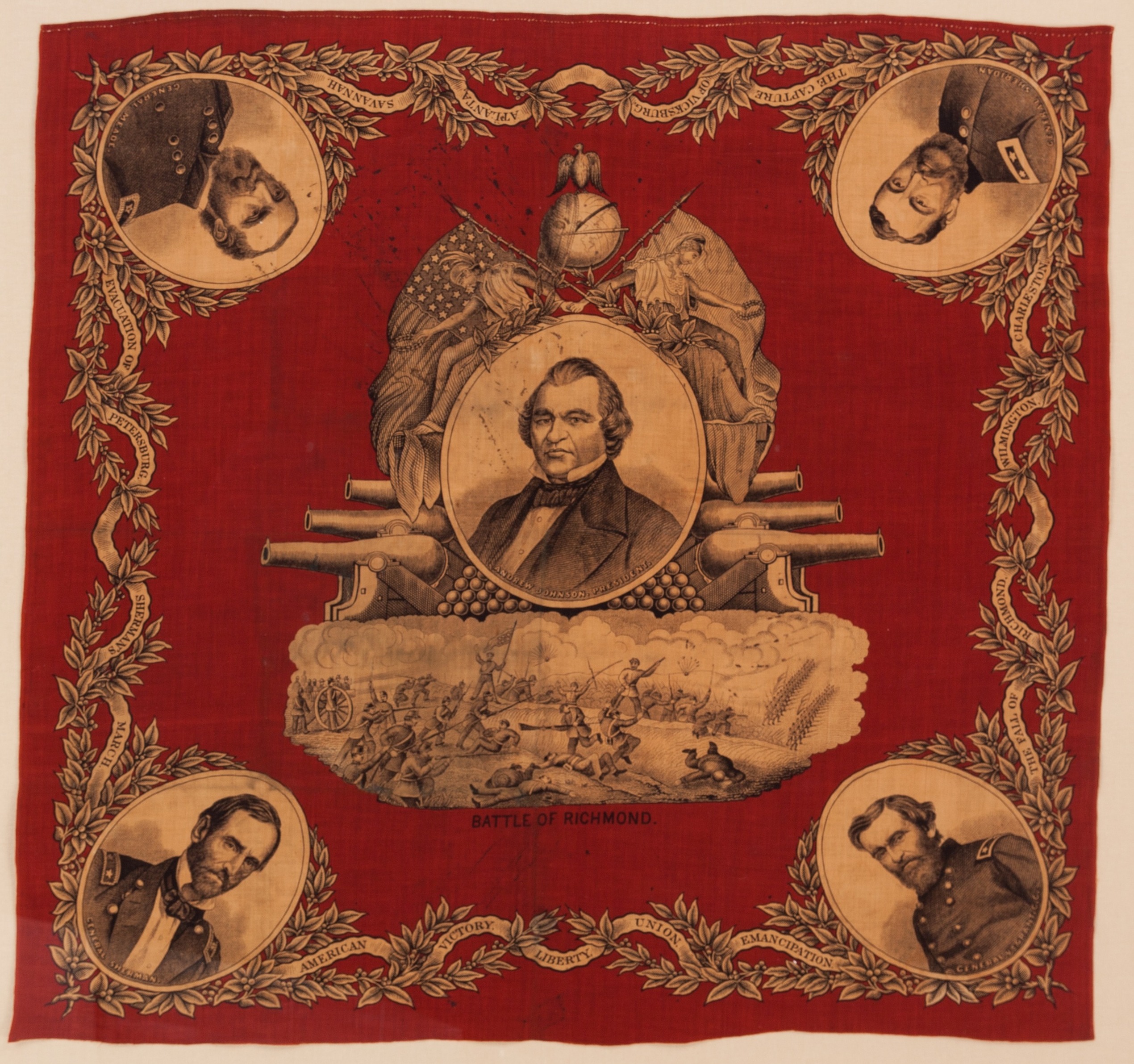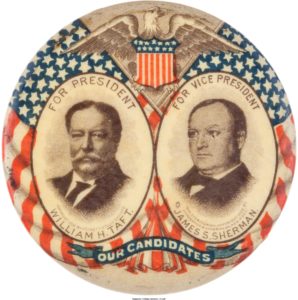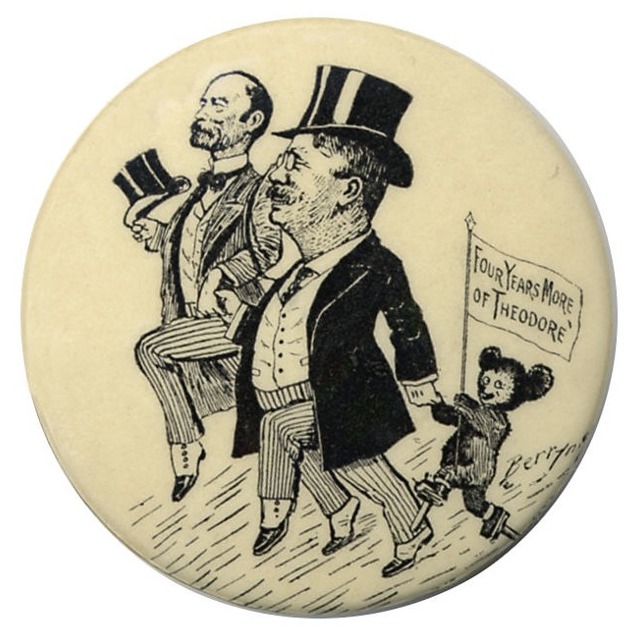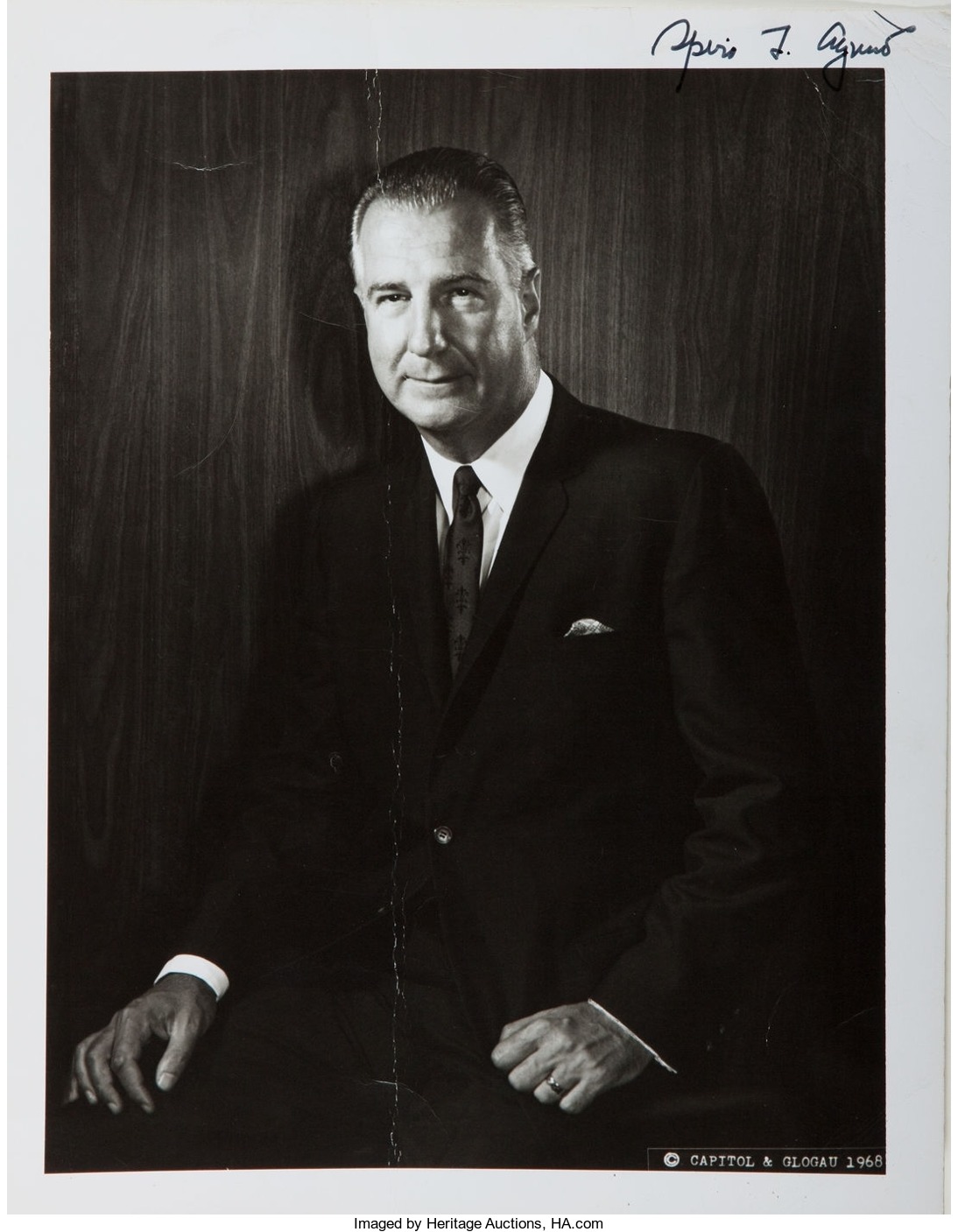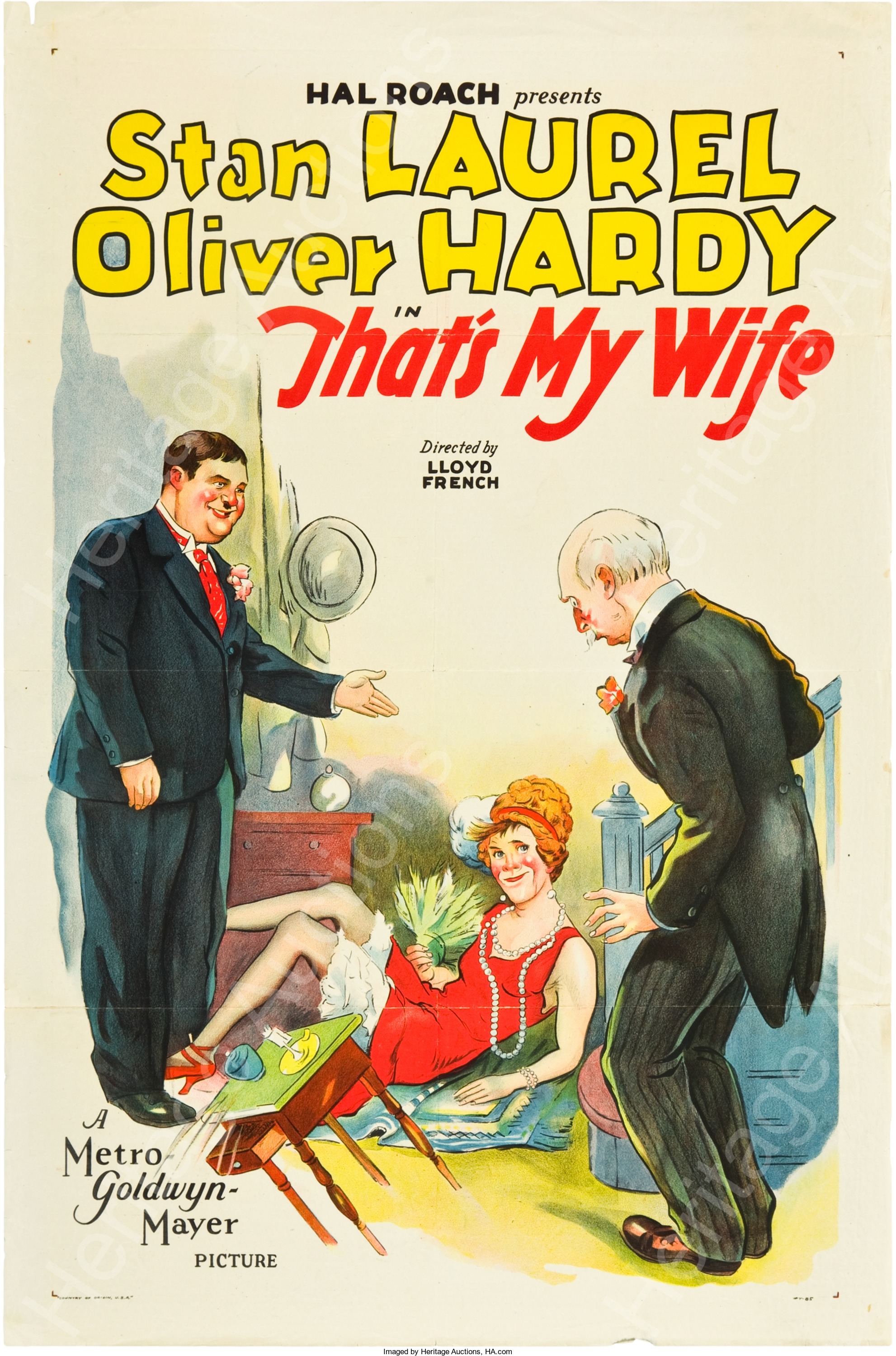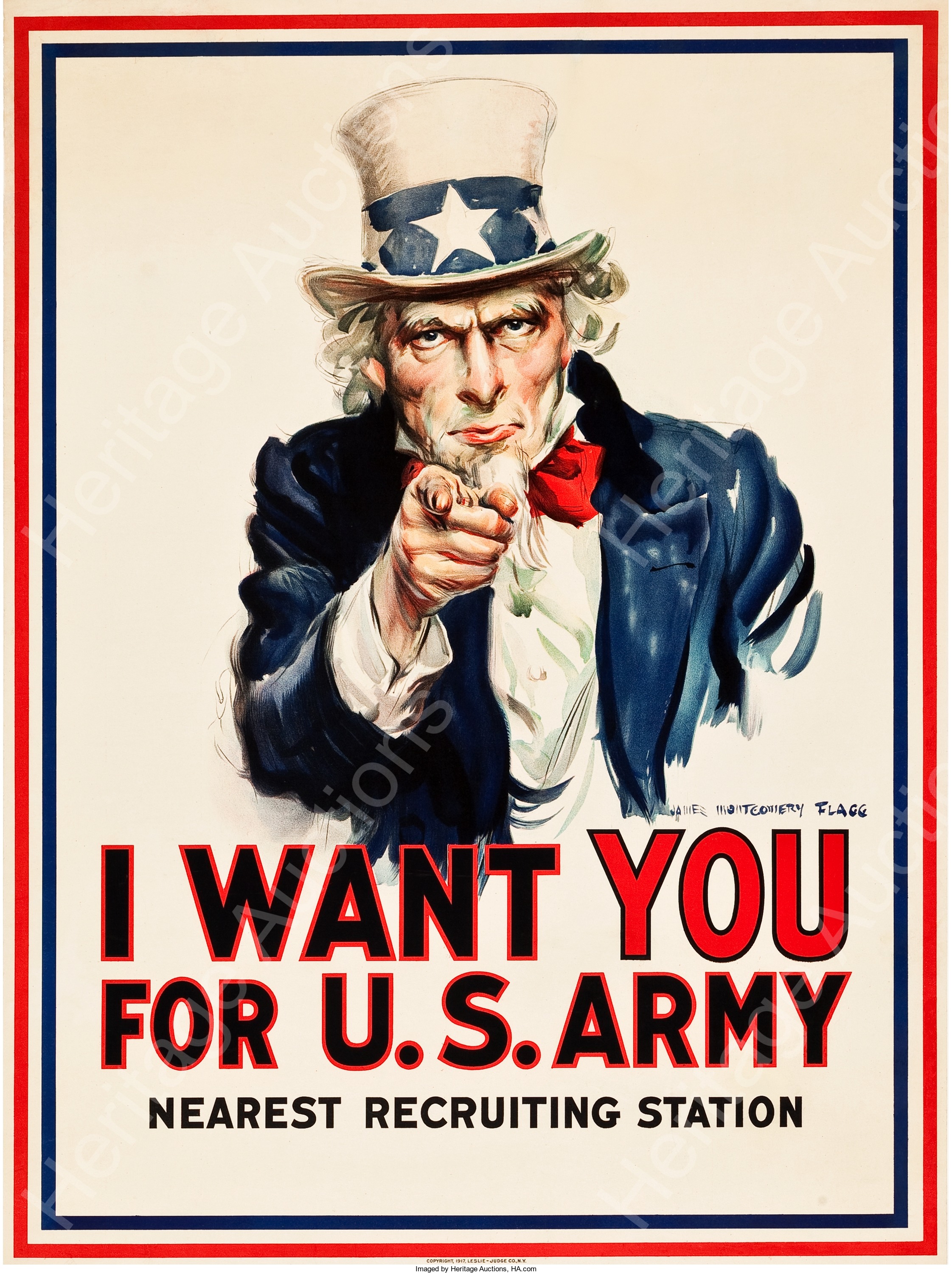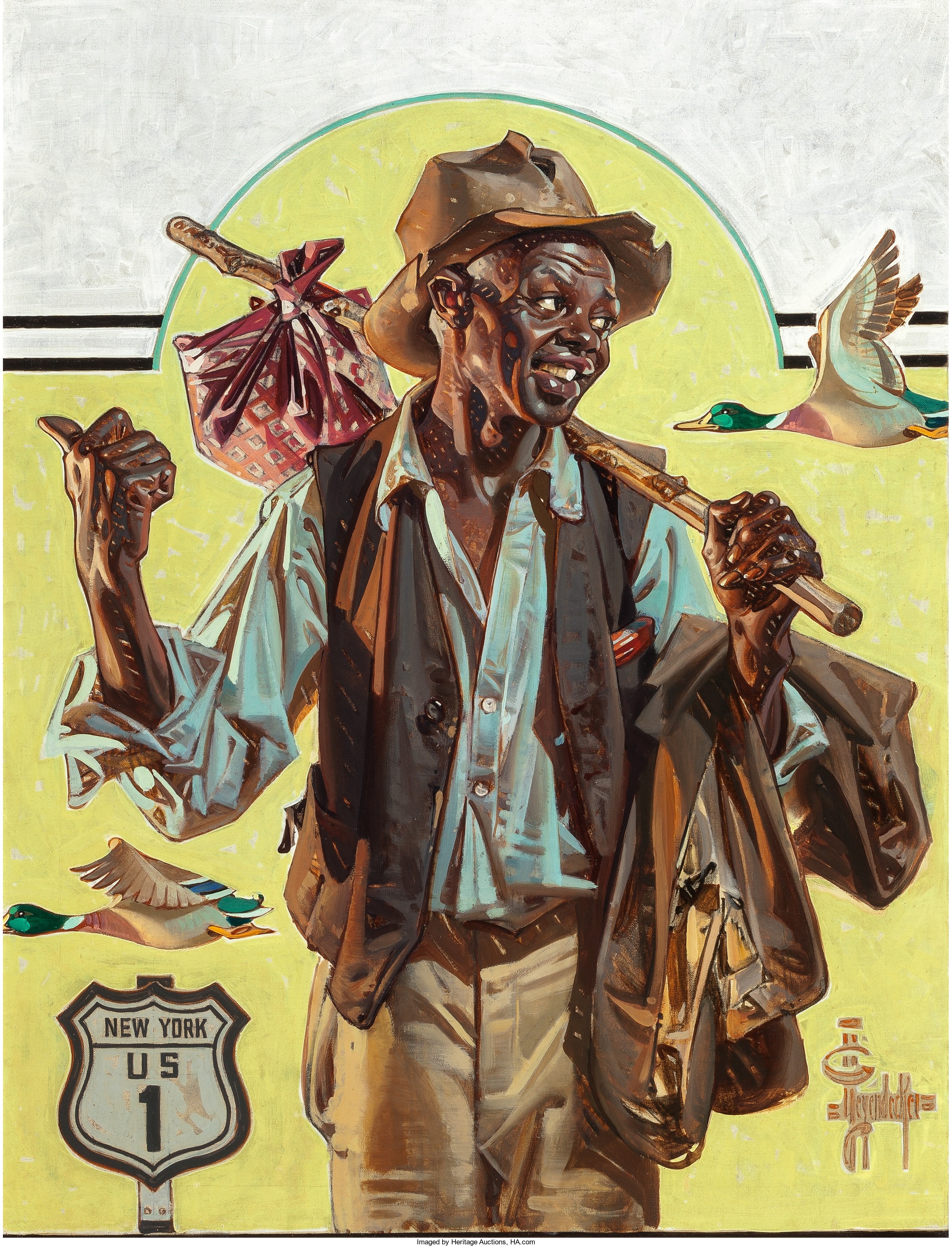
By Jim O’Neal
“The social objective is to try to do what any honest government … would do: to try to increase the security and happiness of a larger number of people in all occupations of life and in all parts of the country … to give them assurance that they are not going to starve in their old age.”
Although this could have been taken directly from any Bernie Sanders speech anytime over the past 10 years … it was actually a response from President Franklin D. Roosevelt on June 7, 1935, when answering a question about the social role of government.
This was the same week that Babe Ruth announced his retirement from the Boston Braves, only six days after he hit three home runs in the last game he played. It was the end of an era and it came right in the middle of the Great Depression.
Bread lines were still long and double-digit unemployment was accepted as the new normal. People were generally depressed and hope was a rare commodity.
Technological unemployment threatened to permanently engulf huge sectors of the workforce, particularly less skilled and older workers in general. Observers suggested that deep structural changes in the economy meant that the majority of those over 45 would never get their jobs back. Lorena Hickok (Eleanor’s paramour) opined that, “It looks like we’re in this relief business for a long, long time.” The president’s advisor, Harry Hopkins, was soon speaking of workers who had passed into “an occupational oblivion from which they will never be rescued… We shall have with us large numbers of the unemployed. Intelligent people have long since left behind them.” Sound familiar?
Even FDR chipped in with his “Fireside Chat” on June 28, 1934: “For many years to come, we shall be engaged in rehabilitating hundreds of thousands of our American families … The need for relief will continue for a long time; we may as well recognize that fact.”
The Emergency Relief Appropriation Act became law on April 18, 1935. The bill approved the largest peacetime appropriation in American history. This single appropriation authorized more spending than total federal revenues in 1934; with a special $4 billion earmarked for work relief and public works construction. Roosevelt and the bill’s architects did NOT believe they were addressing a transient disruption in the labor market, but a long-term (perhaps permanent) inability of the private economy to provide employment for all who wanted to work.
Thus were born many federal agencies, with the Works Progress Administration (WPA) the largest. The WPA employed 3 million people in the first year and in eight years it put 8.5 million people to work at a cost of $11 billion. WPA workers built 500,000 miles of highways, 100,000 bridges, as many public buildings, plus 8,000 parks.
When the current administration and Congress debate “infrastructure projects,” they would be well served to study this period in American history. These folks really knew how to do it!
 Intelligent Collector blogger JIM O’NEAL is an avid collector and history buff. He is president and CEO of Frito-Lay International [retired] and earlier served as chair and CEO of PepsiCo Restaurants International [KFC Pizza Hut and Taco Bell].
Intelligent Collector blogger JIM O’NEAL is an avid collector and history buff. He is president and CEO of Frito-Lay International [retired] and earlier served as chair and CEO of PepsiCo Restaurants International [KFC Pizza Hut and Taco Bell].

